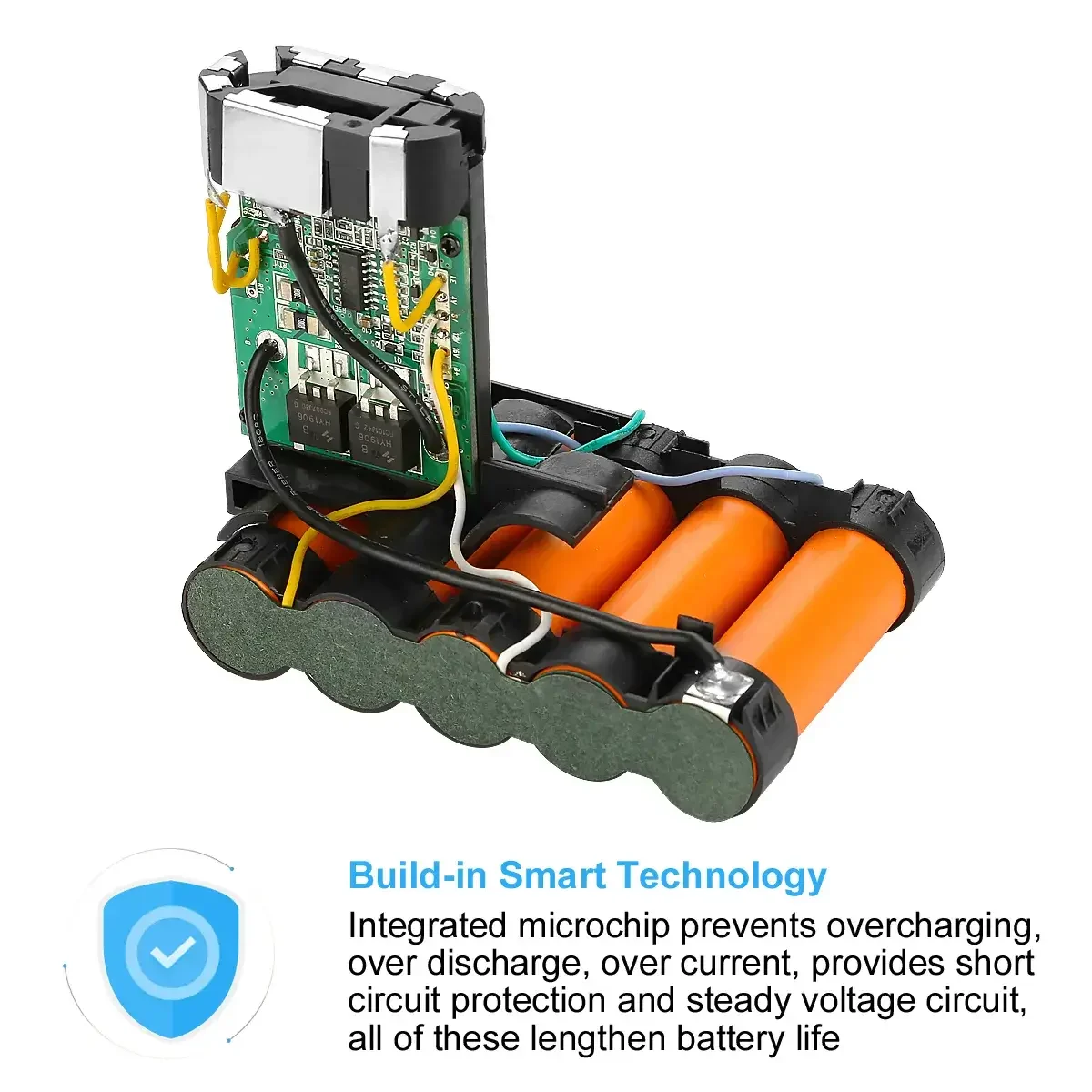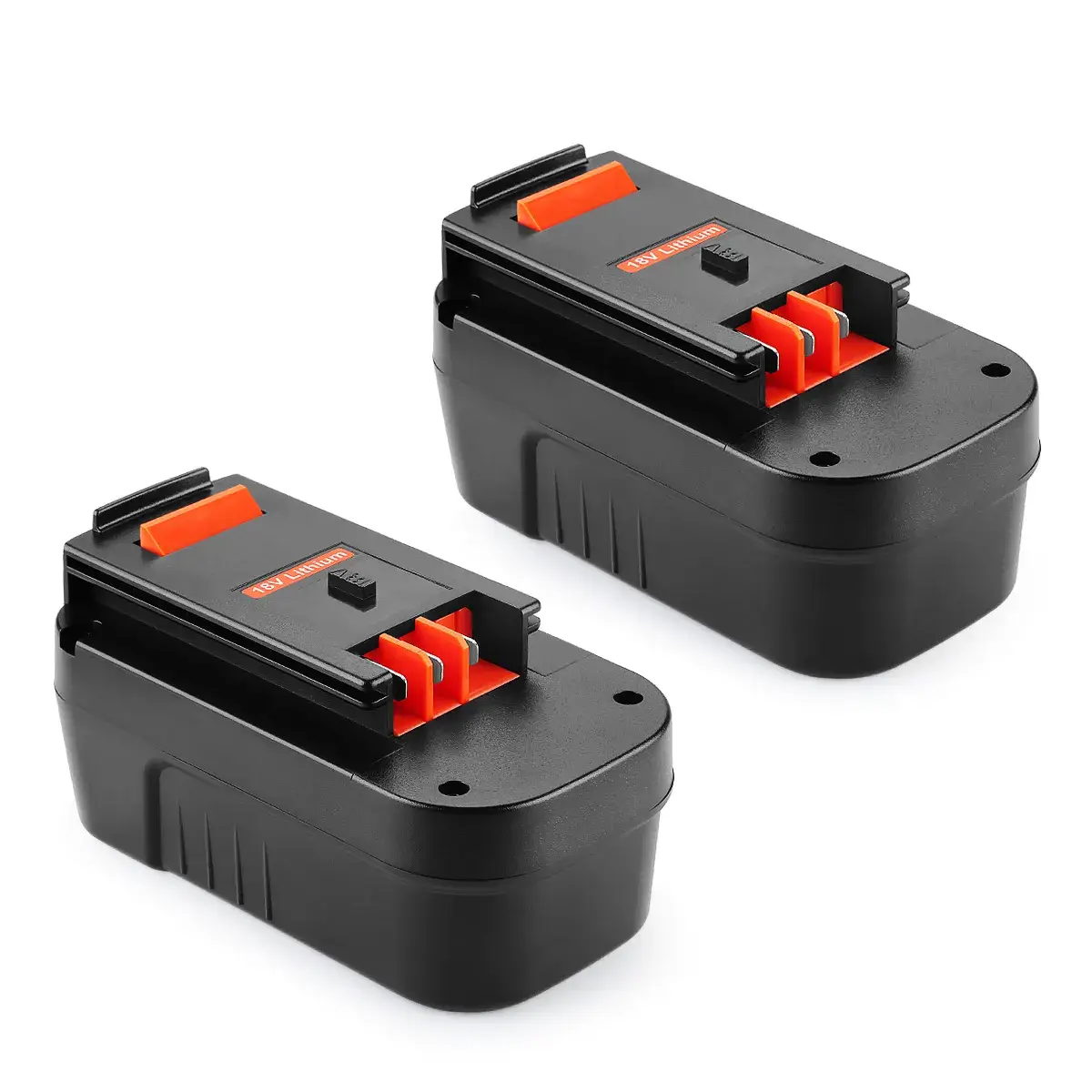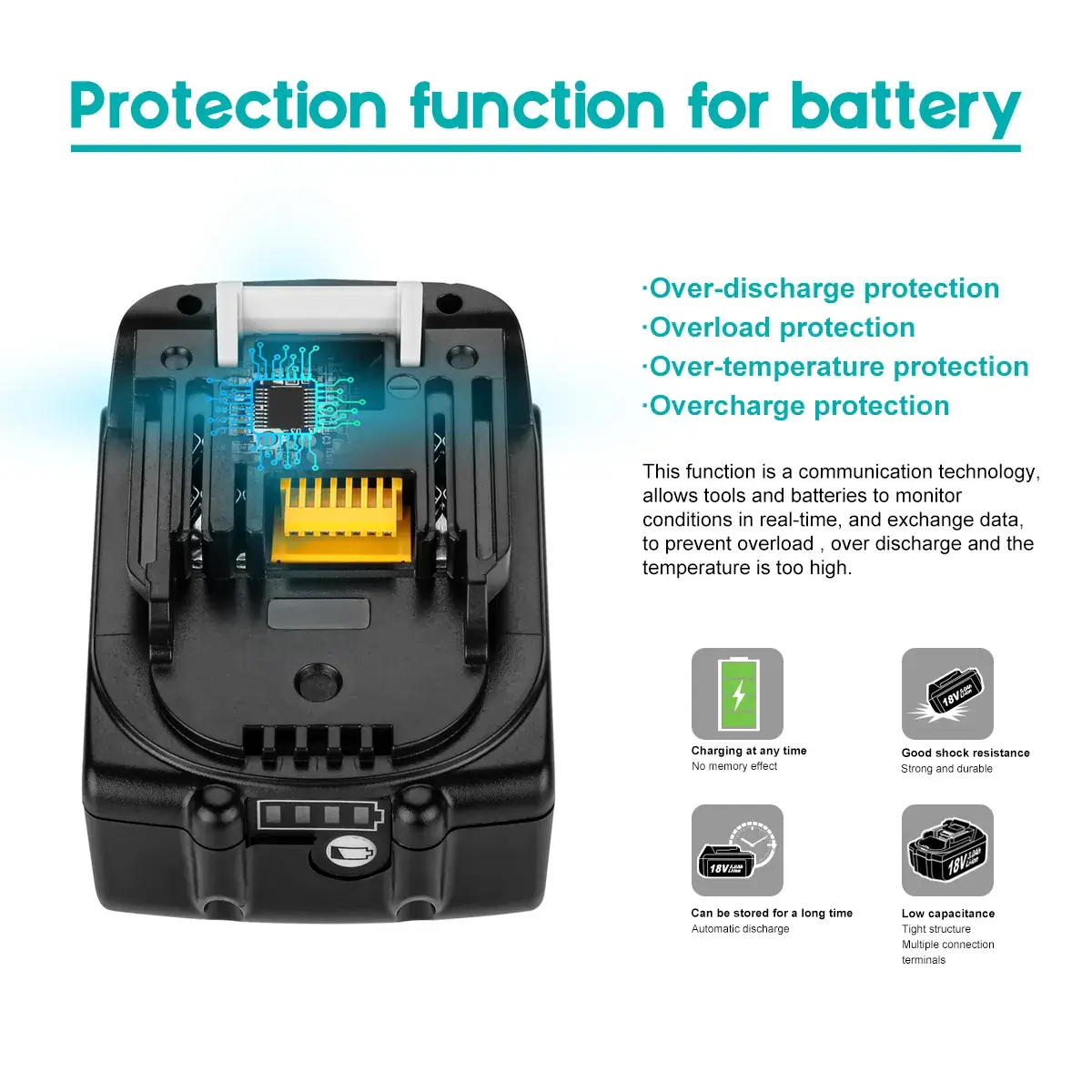IMR, ICR, INR & IFR 18650 Batteries Decoded: Safety, Performance & Myths
In this section, we explain why decoding the four major 18650 chemistries (IMR, ICR, INR, IFR) is vital for optimizing device runtime, safety, and battery longevity. Understanding these distinctions prevents performance losses and mitigates hazards.

1. Why Decode 18650 Battery Chemistries?
Different chemistries vary in capacity, discharge capability, thermal stability, and cycle life. Choosing the wrong type can lead to reduced runtime, overheating risks, or premature failure.
2. What Do IMR, ICR, INR & IFR Stand For?
This table summarizes each chemistry’s code, nominal voltage, continuous discharge rate, energy density, and key strengths:
| Code | Chemistry | Nominal Voltage | Continuous Discharge Rate (A) | Energy Density (Wh/kg) | Key Strength |
| IMR | Li–Mn₂O₄ | 3.6 V | 15–35 | \~180 | High discharge capacity, thermal safety |
| ICR | Li–CoO₂ | 3.6 V | 2-8 | \~250 | Highest energy density |
| INR | Li–NiMnCoO₂ | 3.6 V | 10-20 | \~200–240 | Balanced capacity & discharge |
| IFR | LiFePO₄ | 3.2 V | 5-30 | \~90–110 | Ultra-safe, very long cycle life |
3. What Makes IMR (Li–Mn₂O₄) Cells Unique?
IMR cells excel in high-drain applications thanks to exceptional thermal stability.
- Use Cases: Vaping devices, power tools, high-beam flashlights
- Pros: Supports 30 A+ continuous discharge; robust against thermal runaway
- Cons: Lower energy density (~180 Wh/kg) means less runtime per cell mass
- Tip: Best for high-current demands; avoid in low-drain electronics where weight is critical.

4. What Are the Characteristics of ICR (Li–CoO₂) Cells?
ICR cells provide maximum capacity but carry safety considerations under heavy load.
- Use Cases: Laptop battery packs, digital cameras, low-drain gadgets
- Pros: Highest energy density (\~250 Wh/kg) for maximum runtime
- Cons: Limited to \~5–10 A continuous discharge; higher thermal runaway risk
- Warning: Avoid use in unregulated high-discharge applications without proper protection.
5. Why Is INR (Li–NiMnCoO₂) the Sweet Spot for Mixed Demands?
INR chemistry balances capacity and discharge capability, making it a versatile choice.
- Use Cases: Electric vehicles, power banks, general-purpose power tools
- Pros: 200–240 Wh/kg energy density; 15–20 A continuous discharge with improved safety
- Sweet Spot: Ideal for mixed loads where both runtime and discharge rate matter.
6. How Does IFR (LiFePO₄) Excel in Safety and Longevity?
IFR cells sacrifice some energy density for unmatched safety and lifespan.
- Use Cases: Solar energy storage, backup systems, extreme-temperature environments
- Pros: 5,000+ cycle life; stable operation up to 60 °C; minimal thermal runaway risk
- Cons: Lower energy density (\~90–110 Wh/kg); heavier pack weight
- Trade-off: Choose IFR when safety and cycle life are top priorities.
7. How Do You Match 18650 Chemistry to Your Device?
Recommend each chemistry based on application demands:
| Application | Recommended Chemistry | Reason |
| High‑drain vaping | IMR | Low internal resistance, 30 A+ discharge |
| LED flashlights | INR | 10–15 A support, moderate weight, ≥3,500 mAh |
| Laptop replacement | ICR | Maximum runtime, low continuous draw |
| Solar/ESS storage | IFR | 5,000+ cycles, high thermal stability |
8. What Safety Checks Should You Perform on 18650 Cells?
Ensure each cell is safe before use:
1. Visual Inspection: Discard cells that are bulging, leaking, dented, or scratched.
2. Voltage Test: Any cell < 2.5 V is near end-of-life—consider replacing.
3. Internal Resistance Test: Cells > 100 mΩ show high wear and reduced performance.
4. Manufacturer Markings: Prefer laser-etched logos over printed ones to avoid counterfeits.
5. Never Mix Types: Parallel or series packs must contain identical chemistry and capacity to avoid imbalance.

9. How Can You Detect Counterfeits and Choose Trusted Brands?
Verify genuine cells using these methods:
- Sony VTC Series: Laser-etched model codes and authentic batch numbers
- LG HG2: Check bottom QR code or holographic seal via brand lookup
- Third‑Party Resources: Consult Lygte‑info.dk or BudgetLightForum.com for cell tests and authenticity reports.
10. FAQ: Which Chemistry Is Right for My Needs?
INR vs. ICR—Which Is Better for High‑Drain Mods?
INR handles 15–20 A continuously with better safety; ICR offers slightly more capacity but is riskier under heavy load.
INR vs. IMR—What’s the Discharge Difference?
IMR can exceed 20 A reliably; INR offers a middle ground of \~15–20 A with higher capacity than IMR.
Are There More 18650 Types Beyond IMR/ICR/INR/IFR?
Yes—chemistries like NCA and hybrid blends exist, but these four cover \~95% of applications.
Why Does IFR Nominally Operate at 3.2 V?
LiFePO₄ chemistry has a lower cell potential, trading voltage for superior thermal and cycle stability.
Conclusion
Armed with this guide, you can confidently select and maintain the right 18650 cells for any high-performance or safety-critical application in 2025 and beyond.